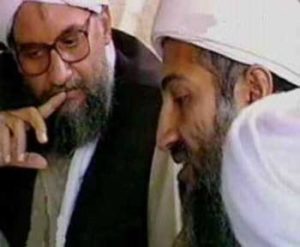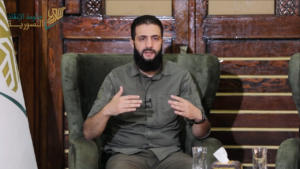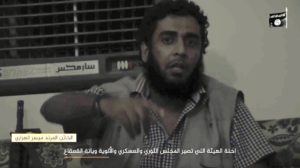How to Spot a Jihadi
On 30 August 2009, Jordanian journalist Murad Batal al-Shishani published a new article in al-Hayat where he asserts that an Islamist’s clothes are often political statements and can indicate his precise type of Islamist orientation. Al-Shishani states that during the 1980s, the Salafi style of “short clothing” (a likely reference to the ankle-high pants Salafis commonly wear) became prominent along with “Afghan clothing,” which is the shalwar kameez and which represented solidarity with the Afghan-Arab Mujahidin. Today, he claims that someone with a beard is often described as one of the “brotherhood.” He writes that two prominent differences in clothing currently exist. The first is the contention between those who follow Abu Muhammad al-Maqdisi and the “neo-Zarqawis,” who consider themselves as the legacy of Abu Mus’ab al-Zarqawi. The second is between Hamas and the jihadi groups in Gaza. In the al-Maqdisi—neo-Zarqawi split, al-Shishani states that the neo-Zarqawis wear a black




